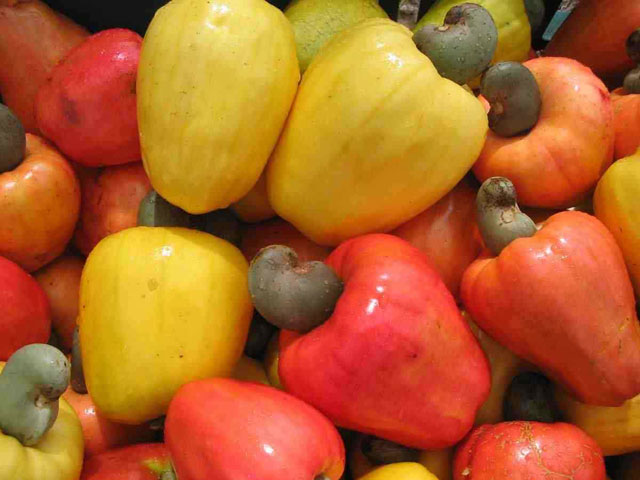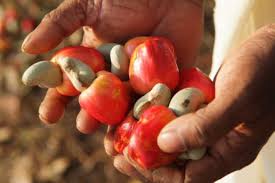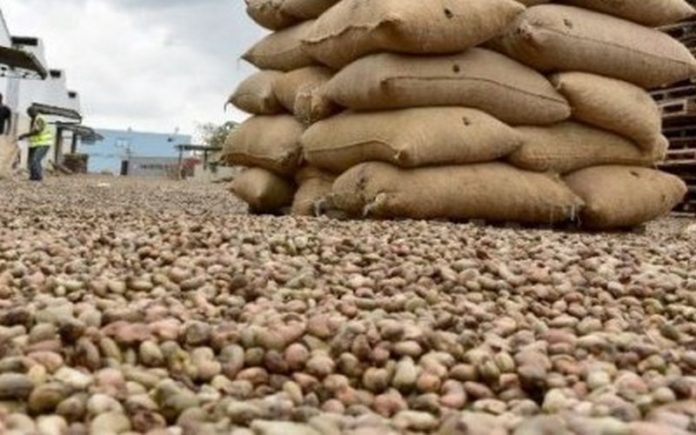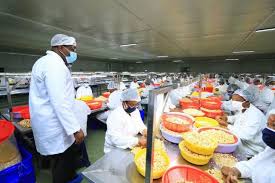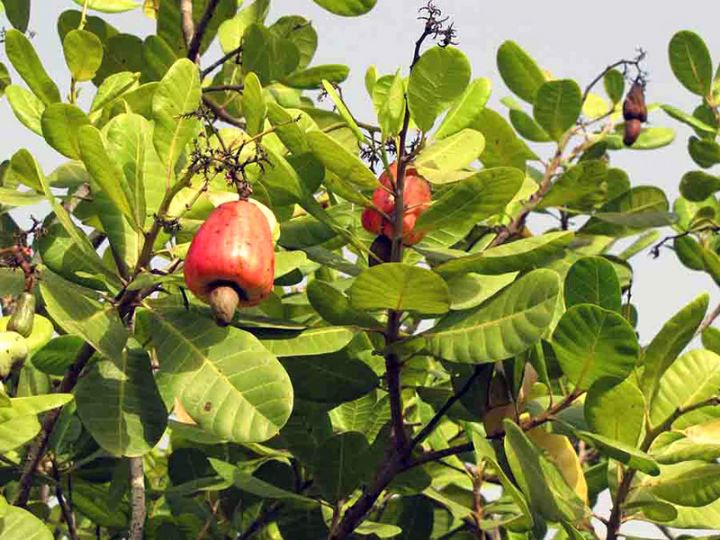
Le boom de l’anacarde en Côte d’Ivoire : transition écologique et sociale des systèmes à base de coton et de cacao

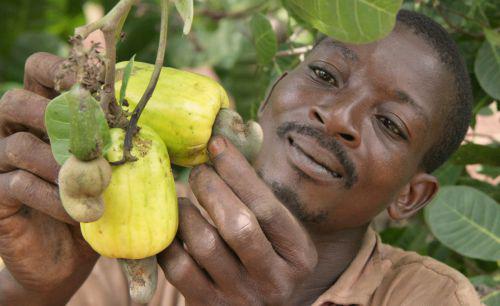
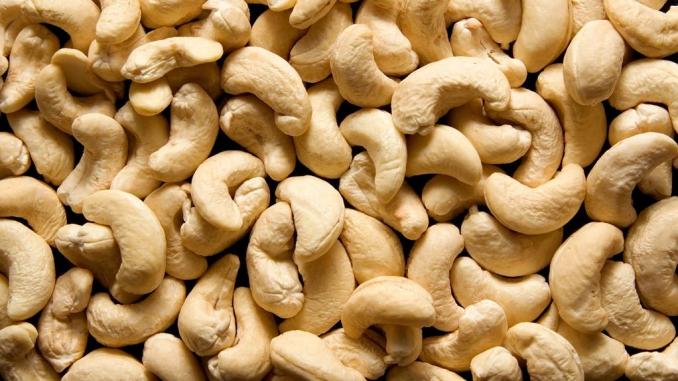
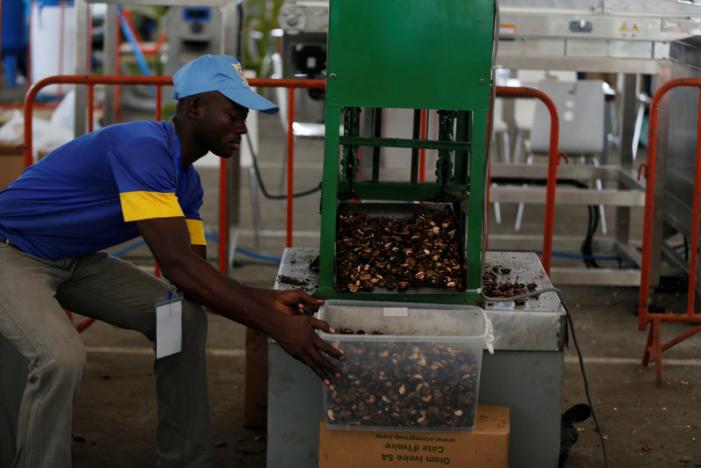
Le boom de l’anacarde en Côte d’Ivoire : transition écologique et sociale des systèmes à base de coton et de cacao.
Résumé
Le dynamisme agricole de la Côte d’Ivoire continue de surprendre les marchés de matières premières, en particulier ceux du cacao et du caoutchouc. Le pays s’empare aussi de la place de premier producteur mondial d’anacarde. Comment interpréter ce boom ? Il est en partie lié aux marchés (stagnation des prix du coton et du cacao, hausse du prix de l’anacarde sur deux périodes), mais les déterminants sont beaucoup plus complexes. L’hypothèse de l’étude est que l’adoption de l’anacardier relève en partie d’une transition écologique d’adaptation à l’épuisement de la rente forêt et au changement climatique, au coût croissant des intrants chimiques pour le coton et le cacao, mais répond aussi à l’insécurité foncière. Cette hypothèse a été testée en 2016–2017 sur 6 sites d’étude, choisis selon un gradient nord-sud : Mankono, Konanhiri, Bonon, Yamoussoukro, Bayota-Gagnoa et Soubré, à raison de 40 à 100 exploitations par site, avec des actualisations partielles en 2018. Ces enquêtes confirment l’hypothèse. L’anacardier, arbre robuste, résistant aux sécheresses, évite pour l’instant aux planteurs tout recours aux intrants chimiques et au crédit, reconstitue un ombrage forestier et est aussi un marqueur de terre (il apporte une sécurité foncière informelle dans le village d’origine des planteurs migrants, mais aussi dans leur village cacaoyer). Il devient l’outil d’une transition écologique et sociale. Cette transition inclut des flux significatifs d’information, de travail et d’investissement entre les deux espaces économiques. Elle relève essentiellement d’une innovation paysanne. En zone cacaoyère, l’anacardier, dans sa dimension agroforestière sous forme d’association avec le cacaoyer, réduit la mortalité des jeunes plants de cacao, et son adoption prend tout son sens de transition agroécologique. L’agriculture familiale est-elle en train de réaliser seule ce que l’industrie du chocolat promet sur le papier : une cacaoculture « zéro-déforestation » et durable ?
Abstract
Côte d’Ivoire’s agricultural dynamism continues to surprise commodity markets, especially those of cocoa and rubber. The country has also become the world’s leading producer of cashew nuts. How to understand this boom? It is partly driven by markets (stagnation of cotton and cocoa prices versus rising prices of cashew nuts over two periods) but its determining factors are much more complex. The global hypothesis of this study is that the adoption of cashew tree is an adaptation to the loss of forest rent and to climate change, to the increasing cost of chemical inputs for cotton and cocoa, but also responds to land insecurity. An in-depth study was conducted in 2016–2017 in 6 sites chosen along a north-south gradient: Mankono, Konahiri, Bonon, Yamoussoukro, Bayota-Gagnoa and Soubré, with 40 to 100 farms per site, with partial updates in 2018. The survey confirms the hypothesis. Cashew tree, a robust, drought-tolerant tree, for the time being avoids planters relying on chemical inputs and credit, rebuilds a kind of forest canopy, but is also a land marker (it brings an informal land security in the home villages of the migrants but also in their cocoa villages). It becomes the tool of a social and ecological transition. That transition includes significant information, labour and investment flows between the two economic spaces. It is essentially a smallholders’ innovation. In the cocoa regions, in its agroforestry version made of cocoa and cashew intercropping, the cashew tree reduces the mortality of cocoa seedlings, and its adoption takes its full dimension of agro-ecological transition. Is family farming alone achieving what the chocolate industry promises on paper: a “zero-deforestation” and sustainable cocoa farming?
Vu sur CNN -L’anacarde de Côte d’Ivoire ,un produit émergent à la conquête du marché mondial
Côte d’ivoire, Transformation locale de la noix de Cajou


